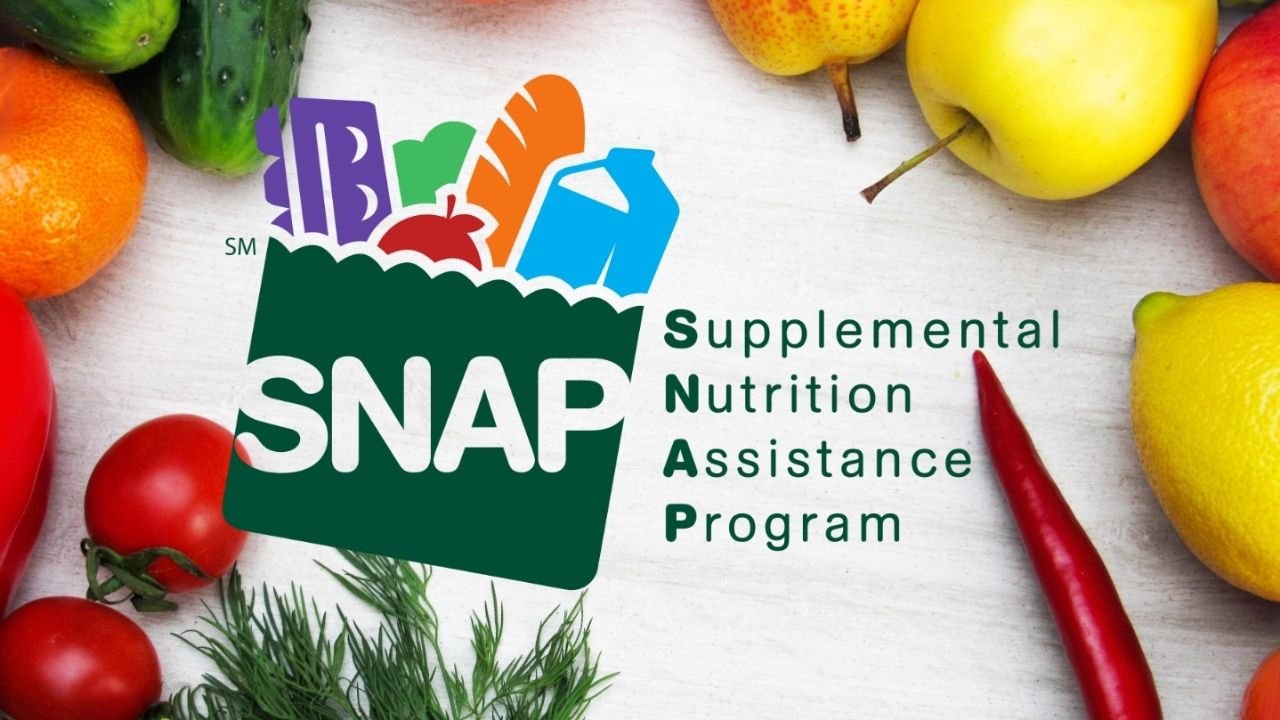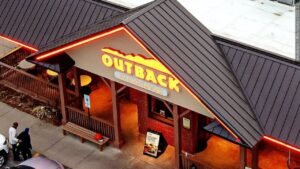Millions of Americans depending at the Supplemental Nutrition Assistance Program (SNAP) can also face excessive complication as the government shutdown threatens to halt November 2025 gain disbursements in numerous states. The transient suspension has raised alarm amongst low-income families, seniors, and people with disabilities who depend upon SNAP for essential groceries.
Why the Shutdown Impacts SNAP
SNAP, administered through the U.S. Department of Agriculture (USDA), is in the main funded through annual federal appropriations. During a government shutdown, Congress should bypass a investment invoice or continuing resolution to hold important services working. Without it, applications like SNAP operate on constrained contingency price range, which are not sufficient to cover benefits for all recipients long-term.
According to USDA officers, states had been notified to put together for delays or disruptions in SNAP distributions if the shutdown maintains past the first week of November. The business enterprise confirmed that emergency reserves ought to maintain operations for only a quick length, forcing a few states to droop benefits till federal investment is restored.
What Is SNAP and Why Does It Matter
SNAP, formerly called the “food-stamp” program, is run by using the U.S. Department of Agriculture (USDA) through its Food and Nutrition Service. Although the funds are fully federal, the states run the day-to-day distribution.
Recipients use an electronic benefit transfer (EBT) card to buy groceries, which makes SNAP a critical protection internet for families, seniors, and people going through food lack of confidence. Given its scale of about 42 million people served, any interruption could be massive each socially and economically.
States Facing Immediate Impact
Early reports suggest that states with smaller administrative budgets or those heavily reliant on federal reimbursement are at the greatest risk of temporary suspension. These include:
- Alabama
- West Virginia
- Arkansas
- Mississippi
- South Dakota
Meanwhile, large states inclusive of California, New York, and Texas have indicated they will retain benefits for a limited duration the use of state-level emergency finances, however even the ones reserves will be exhausted if the shutdown persists.
Millions Could Go Hungry
SNAP currently serves over 41 million Americans, such as children, seniors, and disabled adults. For many households, the monthly benefit averaging around 200 to $250 in step with person — is important for masking grocery costs.
Advocates warn that if benefits prevent, food banks and community pantries will experience overwhelming demand. “This could result in a starvation crisis unseen for the reason that pandemic,” said a spokesperson from Feeding America. “Families dwelling paycheck to paycheck will have no safety net.”
USDA and State Responses
The USDA said it’s far working to prioritize investment for susceptible populations, together with families with young children and seniors. However, it acknowledged that persisted inactivity via Congress might restrict its authority to disburse benefits beyond what’s already obligated.
Several governors have known as on Congress to right away bypass a short-term funding payment to protect crucial vitamins programs. Some states also are exploring emergency food vouchers or transient welfare extensions to bridge the gap.
What SNAP Recipients Should Do
If you rely on SNAP, here’s what you can do to stay informed:
- Check your state’s SNAP website – Many state companies are posting updates on benefit issuance schedules.
- Monitor your EBT card – Some states are issuing partial payments while watching for federal steering.
- Contact local food banks – They are preparing for increased demand and can provide temporary assistance.
- Sign up for alerts – Many states offer text or email notifications for SNAP-related updates.
Recipients should not reapply or make adjustments to their case except told by way of their state employer, as systems could revel in delays all through the shutdown.
Economic Ripple Effect
Economists warn that halting SNAP payments could also impact nearby economies, in particular in rural and low-income communities wherein benefits make up a widespread portion of grocery keep sales. The USDA estimates every $1 in SNAP benefits generates approximately $1.50 in economic pastime, that means a prolonged disruption could harm stores and suppliers nationwide.
Conclusion
The SNAP benefit halt in November 2025 underscores the a long way-reaching outcomes of a government shutdown, specifically for low-income Americans. As millions face uncertainty approximately their subsequent meal, speedy action from Congress is vital to repair investment and balance.
Until a decision is reached, affected families are encouraged to live knowledgeable, are trying to find community assist, and plan carefully to stretch current resources. The state of affairs serves as a powerful reminder that vital programs like SNAP stay critical lifelines—and that political gridlock will have real, devastating people costs.



